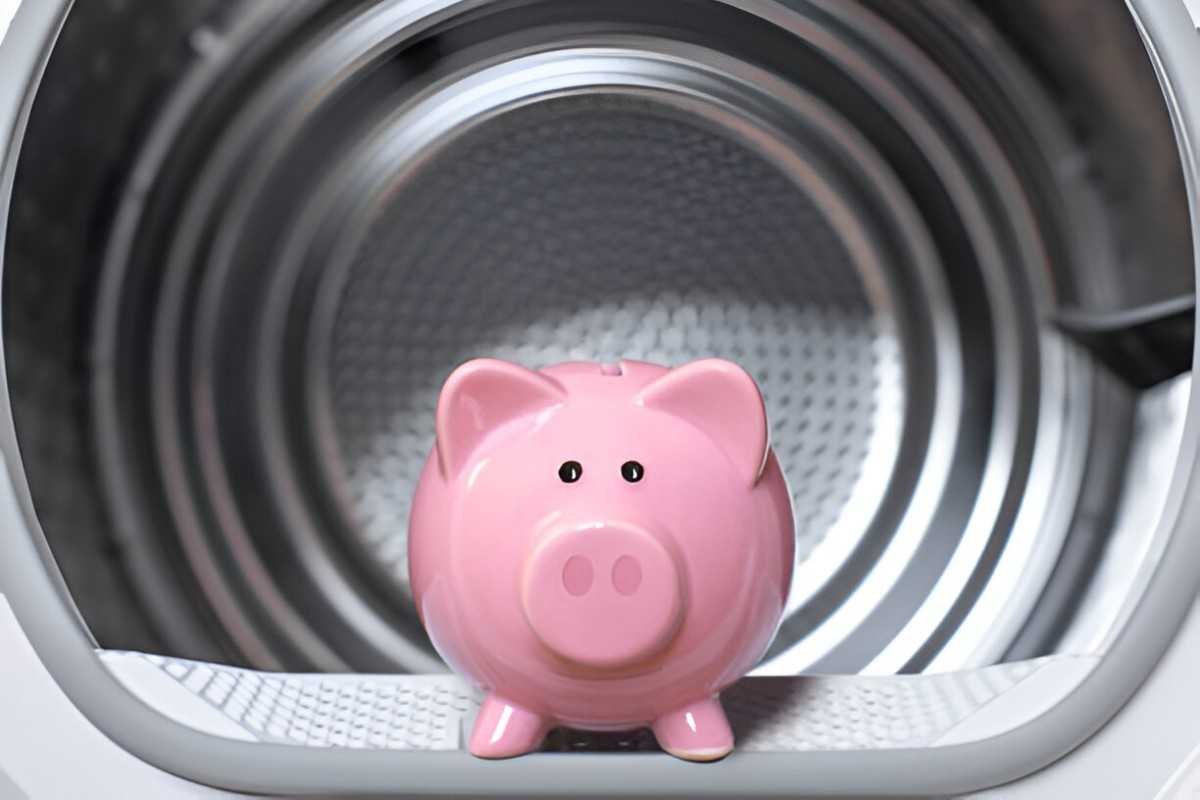White goods, the large household appliances like refrigerators, washing machines, and dishwashers, are often overlooked in financial discussions. Yet, they play a significant role in household budgeting, consumer behavior, and even macroeconomic trends. In this article, I will explore the financial dynamics of white goods from multiple angles, including cost analysis, depreciation, financing options, and their impact on personal and national economies. I will use real-world examples, mathematical expressions, and illustrative tables to make the concepts clear and actionable.
Table of Contents
What Are White Goods?
White goods refer to large electrical appliances used for routine household tasks. The term originates from the traditional white enamel finish on these appliances, though modern designs now come in various colors. Common examples include refrigerators, washing machines, dryers, dishwashers, and ovens. These appliances are durable goods, meaning they have a long lifespan and are not consumed quickly.
From a financial perspective, white goods are capital investments for households. Unlike consumables, they provide utility over several years, making their financial analysis more nuanced. Let’s dive deeper into the financial aspects of white goods.
The Cost of Ownership: Beyond the Purchase Price
When I buy a white good, the upfront cost is just the beginning. The total cost of ownership (TCO) includes maintenance, repairs, energy consumption, and eventual disposal. Understanding TCO helps me make informed purchasing decisions.
Example: Refrigerator TCO Calculation
Suppose I buy a refrigerator for $1,200. Its expected lifespan is 10 years. The annual energy cost is $100, and I spend $50 annually on maintenance. After 10 years, I sell it for $100.
The TCO can be calculated as:
TCO = \text{Purchase Price} + (\text{Annual Energy Cost} + \text{Annual Maintenance}) \times \text{Lifespan} - \text{Resale Value}
So, the TCO is $2,600, or $260 per year.
Comparison Table: TCO of Common White Goods
| Appliance | Purchase Price | Lifespan (Years) | Annual Energy Cost | Annual Maintenance | Resale Value | TCO | Annual TCO |
|---|---|---|---|---|---|---|---|
| Refrigerator | $1,200 | 10 | $100 | $50 | $100 | $2,600 | $260 |
| Washing Machine | $800 | 8 | $80 | $40 | $50 | $1,590 | $199 |
| Dishwasher | $700 | 7 | $60 | $30 | $40 | $1,230 | $176 |
This table shows that while the upfront cost of a refrigerator is higher, its annual TCO is comparable to other appliances.
Depreciation: The Silent Cost
Depreciation is the reduction in value of an asset over time. For white goods, depreciation is steep because they are used intensively and technology evolves rapidly. Understanding depreciation helps me plan for replacements and assess resale value.
Straight-Line Depreciation
The simplest method to calculate depreciation is the straight-line method:
Using the refrigerator example:
\text{Annual Depreciation} = \frac{1200 - 100}{10} = 110So, the refrigerator loses $110 in value each year.
Impact of Depreciation on Resale Value
If I plan to sell the refrigerator after 5 years, its book value would be:
\text{Book Value} = \text{Purchase Price} - (\text{Annual Depreciation} \times \text{Years})
However, market conditions and technological advancements might reduce the actual resale value further.
Financing Options: Buy Now, Pay Later
Many retailers offer financing options for white goods, such as installment plans or zero-interest loans. While these options make purchases more accessible, they come with hidden costs.
Example: Zero-Interest Loan
Suppose I buy a washing machine for $800 with a 12-month zero-interest loan. If I miss a payment, the interest rate jumps to 25% annually.
If I pay $66.67 monthly for 12 months, I pay no interest. However, if I miss the 12th payment, the interest is applied to the entire original amount:
\text{Interest} = 800 \times 0.25 = 200Now, the total cost becomes $1,000, significantly higher than the purchase price.
Comparison Table: Financing Options
| Option | Interest Rate | Term (Months) | Monthly Payment | Total Cost |
|---|---|---|---|---|
| Cash Purchase | 0% | 0 | $800 | $800 |
| Zero-Interest Loan | 0% (if paid on time) | 12 | $66.67 | $800 |
| Installment Plan | 10% | 12 | $70.58 | $847 |
This table highlights the risks of financing options and the importance of timely payments.
Energy Efficiency: A Long-Term Saving
Energy-efficient appliances cost more upfront but save money over time. The U.S. Department of Energy provides Energy Star ratings to help consumers identify efficient appliances.
Example: Energy-Efficient Refrigerator
An Energy Star refrigerator costs $1,500 but consumes $60 annually in energy, compared to $100 for a standard model.
Over 10 years, the savings are:
\text{Savings} = (100 - 60) \times 10 = 400The effective TCO is:
TCO = 1500 + (60 + 50) \times 10 - 100 = 1500 + 1100 - 100 = 2500Compared to the standard model’s TCO of $2,600, the Energy Star model saves $100 over its lifespan.
Macroeconomic Impact of White Goods
White goods are a key component of consumer spending, which drives about 70% of the U.S. GDP. During economic downturns, demand for white goods often declines as consumers delay non-essential purchases. Conversely, during booms, sales of high-end appliances rise.
Example: COVID-19 Pandemic
During the pandemic, supply chain disruptions increased the prices of white goods. At the same time, stimulus checks and low-interest rates boosted demand. This combination led to record sales for many retailers.
Conclusion
White goods are more than just household appliances; they are financial assets that require careful consideration. By analyzing the total cost of ownership, depreciation, financing options, and energy efficiency, I can make informed decisions that align with my budget and long-term goals. Additionally, understanding the macroeconomic impact of white goods helps me appreciate their role in the broader economy.





